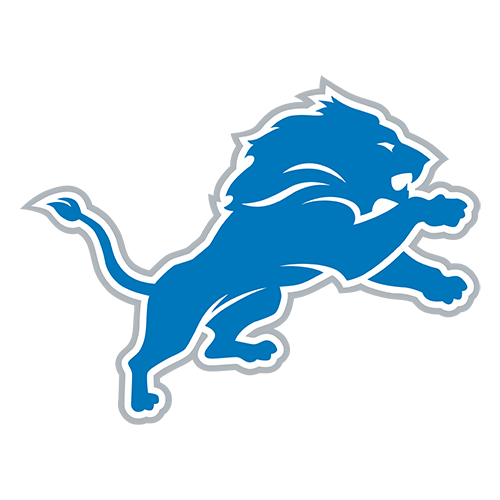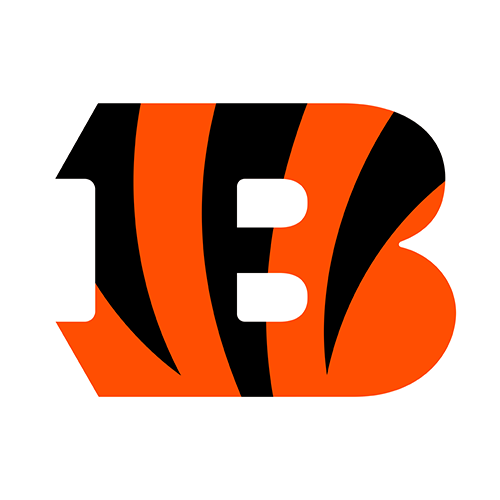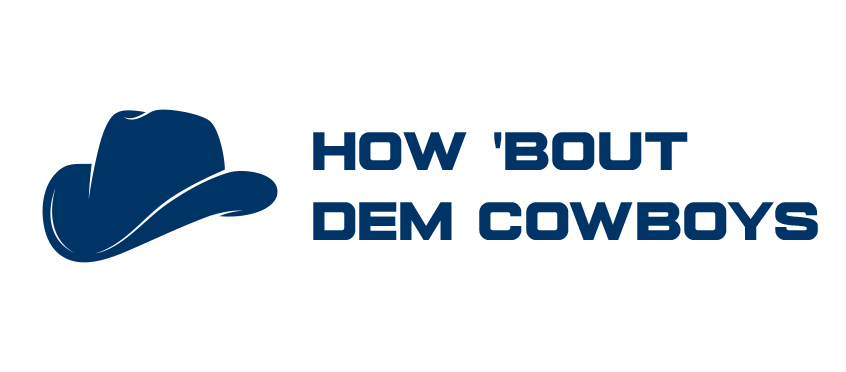Rico Dowdle value now clear after Cowboys abandon RBBC approach

For as maddening as it’s been stealing carries from Rico Dowdle in 2024, the side-by-side comparison of Ezekiel Elliott and Dowdle has given the Cowboys a nice picture of what each player adds to the running game.
Running backs are a difficult position to evaluate in the NFL. Average yards per carry, cumulative totals and yards after contact have been common ways to grade RB efficiency in the past but they can be dated and often misleading in nature. Expected points added (EPA) has properly valuated the impact of each run better than yards/carry could ever dream of, but much like the others it has a hard time differentiating between RB impact and offensive line ability.
As advanced stats pick up steam in mainstream sports analysis, fans have searched tirelessly to find something that shows the value of a running back beyond what is directly given to him by his offensive line. Many have recently latched onto success rate as great barometer of RB skill, but even that speaks to the team’s execution of the play and says nothing about the quality of the runner himself.
That’s where Elliott and the Cowboys early use of RB-by-committee comes into play.
Under Mike McCarthy, the Cowboys have been resistant to plug specific runners into specific roles. He will hand off drives and call running plays regardless of whether it’s Elliott or Dowdle in the backfield. To the unintended benefit of this analysis, he matches play calls and circumstances as evenly as can be hoped for. From this we compare yards/carry, yards after contact, elusive rating (PFF signature stat measuring value added by RB) and success rate between the two backs. Predictably, all factors point to Dowdle as the superior RB.
Running behind the same Cowboys offensive line, Dowdle is averaging 4.5 yards/carry, compared to Elliott who just averages 3.2. Dowdle produces an EPA average of 0.04 while Elliott produces -0.27. Dowdle scores a 50.7 elusive rating compared to Elliott who averages a team low 17.2. Dowdle averages 2.41 yards after contact while Elliott averages 2.25.
Dowdle is tackled for loss at a lower rate, he gains first downs at a higher rate, and his explosive run rate is roughly five times that of Elliott. In matters of success rate (SR) Dowdle sits at 48.2 percent while Elliott is light years behind at 31.5 percent. Again, this is all behind the same offensive line with average number of defenders in the box greater for Dowdle than Elliott.

It’s important to point out SR differs from site to site with Pro Football Reference following a generic 40/60/100 format while Sumer Sports bases theirs on actual EPA on the given play (Sumer Sports for the win). But in either method of calculating SR, Dowdle has proven to be one of the best RBs in the NFL, all behind this Cowboys offensive line.
A successful running game typically comes from a well-executed running scheme. Offensive lines have proven over the years they are often more instrumental in ground game success than the man running the ball. Such a sentiment has caused many to declare “running backs don’t matter” since many backups produce at or near the same level of output as the man they replace.
In Dallas that is clearly not the situation. Running backs matter in a very big way because virtually every metric points to Dowdle as the superior runner. The Cowboys running game goes from bottom tier when Elliott has been carrying the ball to top tier when Dowdle is carrying the ball.
For as frustrating as the committee approach has been in 2024 it’s given the team a good look at what Dowdle really adds to the formula. It hasn’t just made a case for Dowdle to be the top dog in 2024 but it’s a making a good argument to re-sign the 26-year-old RB for next year and beyond.
This past week Dowdle has been declared the RB1 for the Cowboys going forward. That’s a wide move because based on the comparison between Dallas’ top two rushers, RBs really do matter sometimes.
Related articles
[affiliatewidget_smgtolocal]
Read all the best Cowboys coverage at the Austin American-Statesman and Cowboys Wire.































